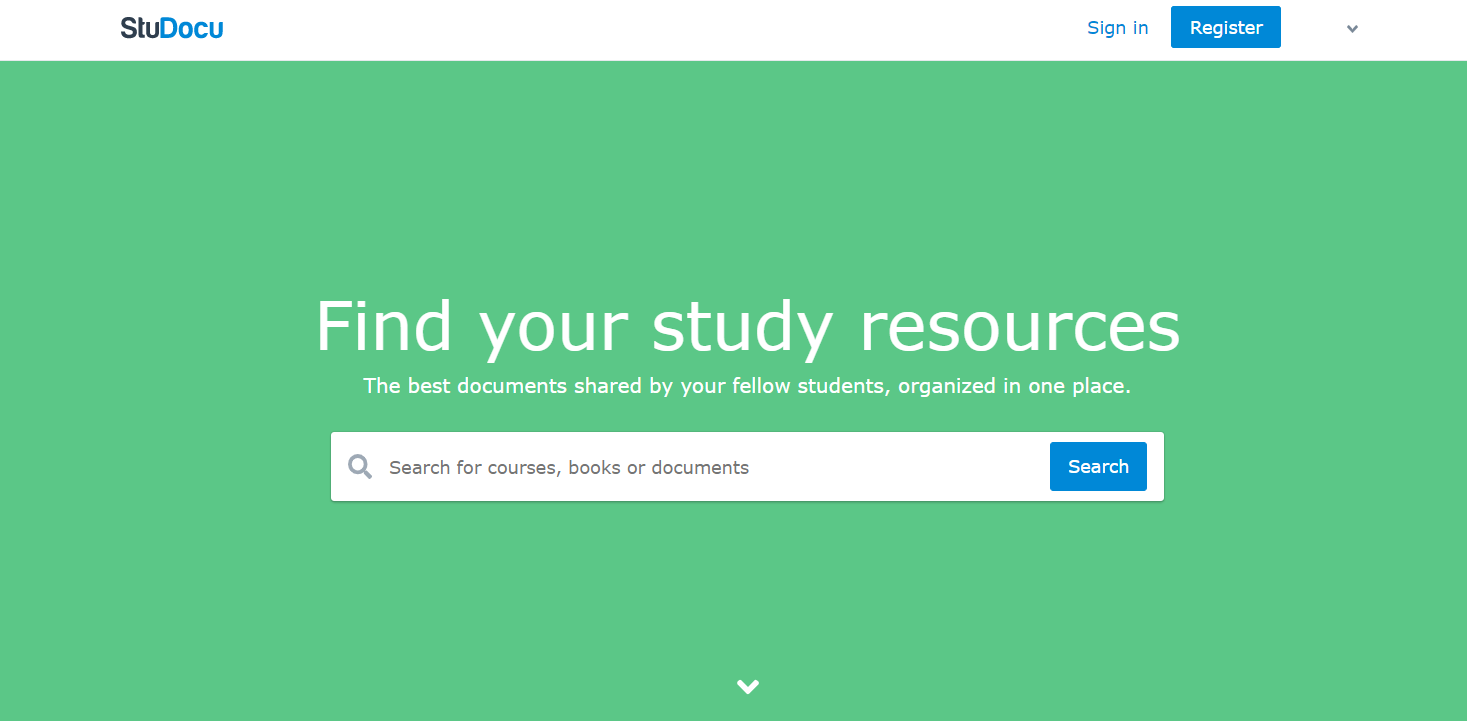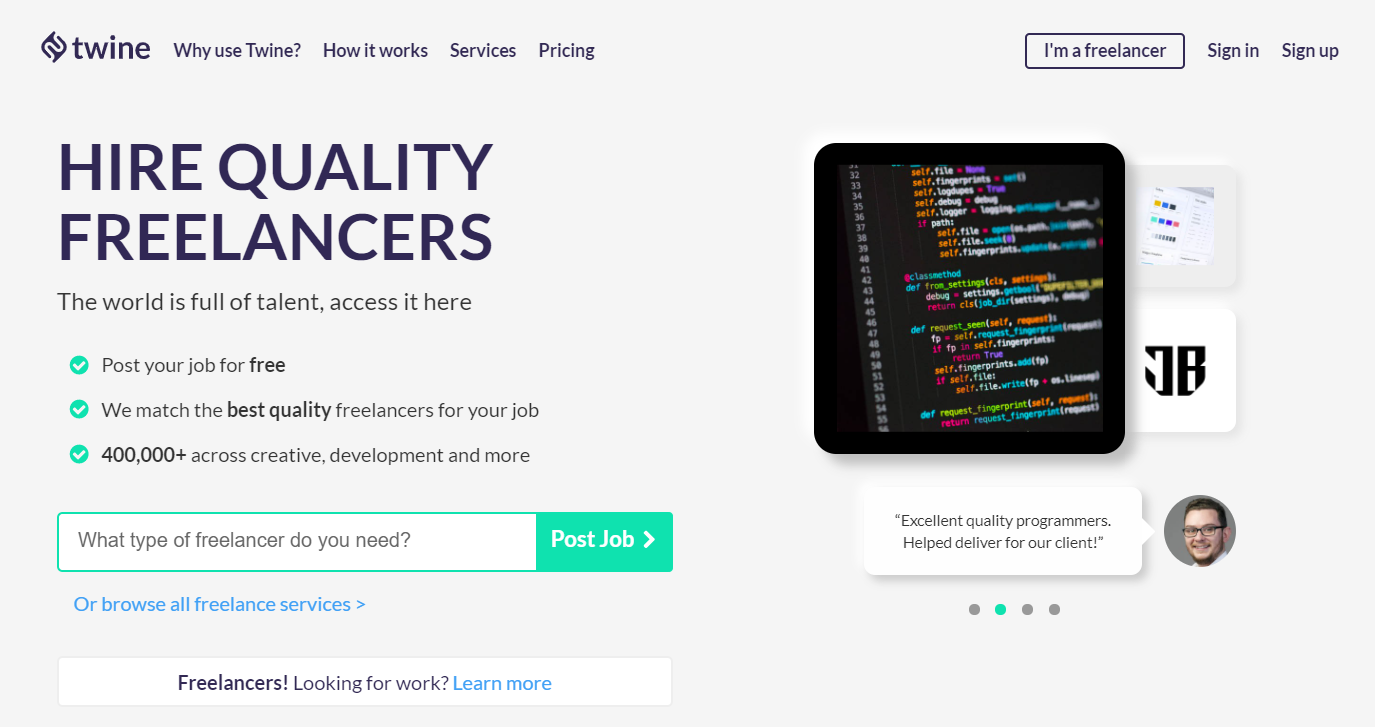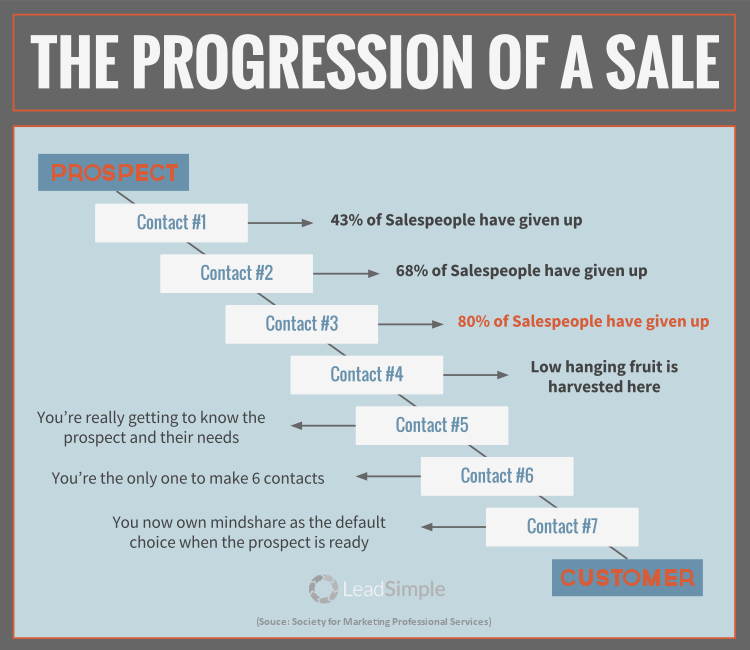Regardless of how awesome your product or service is, it can never sell itself. You need to develop a strong strategy that allows you to close B2B prospects in an effective way.
In this article, we look at what it takes to master a sales process that will skyrocket your business to success.
So read on to discover the steps you need to take to close your first B2B prospect easily.
1. Conduct Market Research and Determine Your Ideal Buyer
Your first step is to conduct market analysis so you can get the information you need, such as:
- Where you currently are in the marketplace
- What the current market trends are
- The behavior patterns of your prospective customers
… and so on.
You need to discover who your target customer is, what they are looking for, the types of products or services they purchase, and why they buy them.
This type of market analysis will help you understand your target companies, their competitors, their decision-makers, and how you can create a win-win partnership.
For example, a company like this one that deals in study resources might conduct research into changes of behavior of their target customers as a way to help them pinpoint their perfect buyer.

Armed with this information, you will have a more complete picture that will allow you to uncover new touchpoints and business opportunities that will guide your sales efforts toward ultimate success.
2. Map Out the Buyer’s Journey
Once you have developed your ideal buyer persona, it’s time to map out the buyer’s journey and determine how customers will purchase your product or service.
To achieve this, simply walk through the steps your potential customers might take to reach your offering.
Typically, when purchasing a product or service, prospects follow a path similar to this one:
- Awareness: The prospect becomes aware of a problem or challenge that needs to be solved. For example, an individual might suddenly realize that their teenage son has a drinking problem.
- Consideration: They then decide on how they can solve their problem and begin researching different products or services that might help.
- Decision: They then start comparing available options in order to determine the best course of action for them to take, and eventually decide on a rehab center as the solution.
This process is the same for all salespeople, B2B and B2C, and can be used by any type of business ranging from a YouTube ad agency to a health food wholesaler, or a business in the traveling industry.
Just make sure that your sales process allows you to easily identify and track your prospect’s position in the sales journey.
This will empower you to strategize so you can develop tactics to meet them at whichever stage they are in the buying process.
3. Qualify Sales Leads
Your next step is to qualify your sales leads so they’re ready and primed for a direct sales pitch. It’s not everyone who shows interest in what you offer who will turn into an actual customer, which is why it’s important to determine if your B2B prospects are sales qualified before moving on to the next step.
Listed below are a few questions you can ask to help you determine if your B2B prospects are sales qualified:
Q: What problem are you trying to fix?
The answer to this question will help you determine the right type of product or service to recommend to your prospect or customer as the sales process progresses.
For instance, a company that offers animation services, like the one in the image below, might have an issue of keeping track of its clients and freelancers in a simple and effective way, which would make it easy for someone who sells database management software to offer the perfect solution.

Q: Have you tried solving this problem before?
This question gives you important context, and you can also ask whether or not the previous attempts worked well or not.
For instance, maybe the company in the example above tried using a specific project management solution, but without much success.
This will show you what may or may not work to solve that customer’s problem. Furthermore, the answers to this question will help you understand exactly which of your customer’s pain points you should speak to if your product or service is a perfect fit.
Q: Do you make the final purchase decisions?
In B2B, you are not selling directly to consumers, which means closing the deal may involve dealing with several points of contact.
This is why it’s crucial for you to understand who all is involved in the final decision, as well as what the process looks like, and what their budget is in order to develop and optimize your sales strategy.
4. Overcome Objections
Now that you know who you’re talking to, and the exact pain points you are addressing, it’s time to prepare your sales pitch to address and overcome any potential objections that might come up.
This will help you speed up the deal as you won’t be caught off guard trying to think up solutions on the spot.
Take the time to outline all potential or anticipated problems. Learn to speak their language and create a thoughtful analysis of all the risks so you can drastically reduce the resistance.
It’s best if you can get input from the entire sales team so you can brainstorm as many of the objections you might encounter from potential customers.
Important Note: As you work to overcome objections, do your best to create a sense of urgency. For instance, attaching a deadline to the deal has been shown to help incentivize clients to commit.
This can be anything from a freebie to a discount, or whatever else that will make them feel that they’ve got the upper hand without rushing them.
In other words, just try to give them more reasons why your product or service is not only the best choice, but it’s the best choice right now. For instance, this lingerie store might offer its wholesale customers a deal for 30% off if they take action and place orders within 24 hours.
5. Close the Deal
Although the sale is now coming to a close, the work is far from done. Your end goal is to make the actual sale, which means now it’s time to facilitate the agreement outlining terms of payment for your product or service.
Say, for instance, you sell predictive dialing software, this might be a good time to coordinate with your service team to ensure the proper onboarding of the customer so they feel supported using your solution.
If your efforts did not result in a sale, simply thank the potential customer for their time and then offer to keep in touch so you can support any needs they might have in the future. This can be through any channel you choose, such as social media, your blog newsletter, or email marketing.
Many marketers will tell you, for the most part, a “no” from a prospect simply means “not right now”. Remember, the progression of a sale can be quite long, as shown in the image below:

Either way, make it a great prospective customer experience, and remember that you still gained a lot of valuable insights that will help support future sales.
Now your work is done, and you can move on to the next step.
6. Track, Measure, and Tweak Results
You now know the entire process for closing your first B2B prospect easily, but there’s always room to improve, regardless of your current results.
The top sales teams perform so well because they constantly measure their B2B sales results so they can find ways to improve.
In your own organization, you and your team can measure different sales metrics to help you improve productivity and overall performance.
Listed below are some of the key metrics to track:
- Sales Productivity Metrics: By measuring the productivity of your sales reps, it’ll help you discover any inefficiencies in your process that might be costing your business sales.
- Average Lead Response Time: This is an essential metric to measure because every minute matters when it comes to B2B sales, and the sooner you can respond to an inquiry from a lead, the more likely you are to make the sale.
- MQL to SQL Conversion Rate: MQL (marketing qualified leads) to SQL (sales qualified leads) conversion rate is the measure of how many of the leads brought in through your marketing efforts become sales qualified leads.
- Closed Won Opportunities: You can also track how many of your closed deals resulted in sales, as opposed to those that did not result in a sale (that is, total closed deals versus lost opportunities). This metric shows you what the overall success rate is for your sales process.
Conclusion
There you have it. The 6 steps to closing your first B2B prospect easily. Use this information to help you make the most of your opportunities to influence the decisions of your potential customers and boost sales.
Author Bio
Burkhard Berger is the founder of awesomex™. You can follow him on his journey from 0 to 100,000 monthly visitors on www.awesomex.com. His articles include some of the best growth hacking strategies and digital scaling tactics that he has learned from his own successes and failures.













































Comments (4)
Its the book, from an author
Its the book from author.
its a good weapons on B2B, on those six steps on B2B make ciearification on how prospecting can works, so it can making an positive impacts.
Excellent reminder! Thanks!